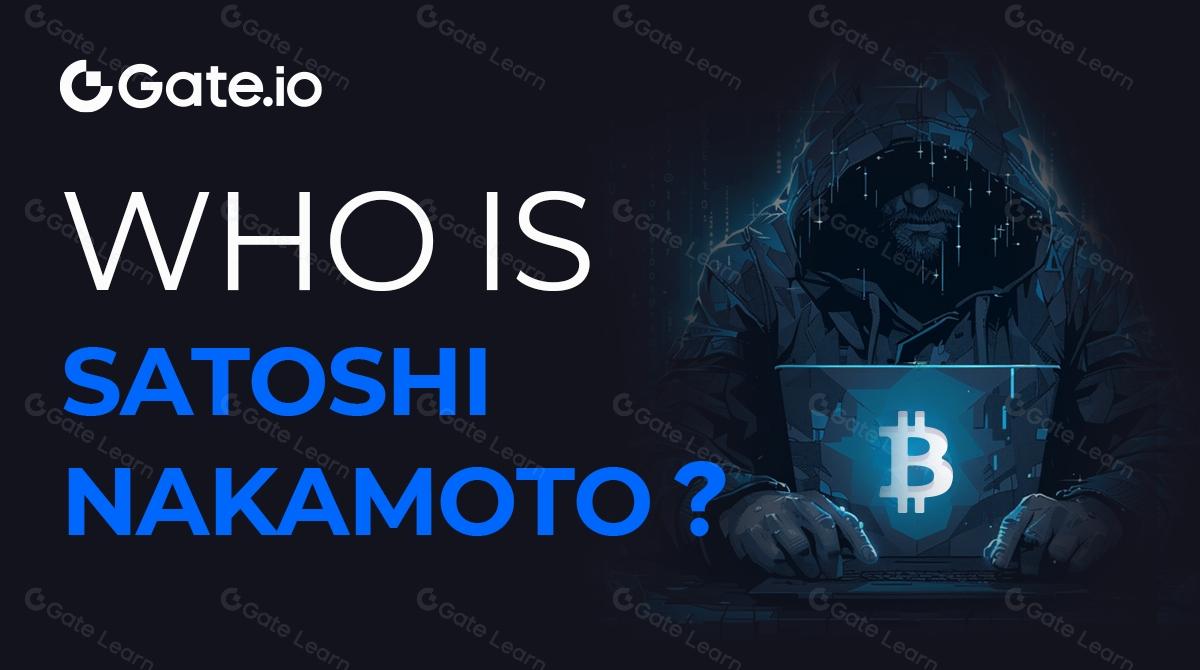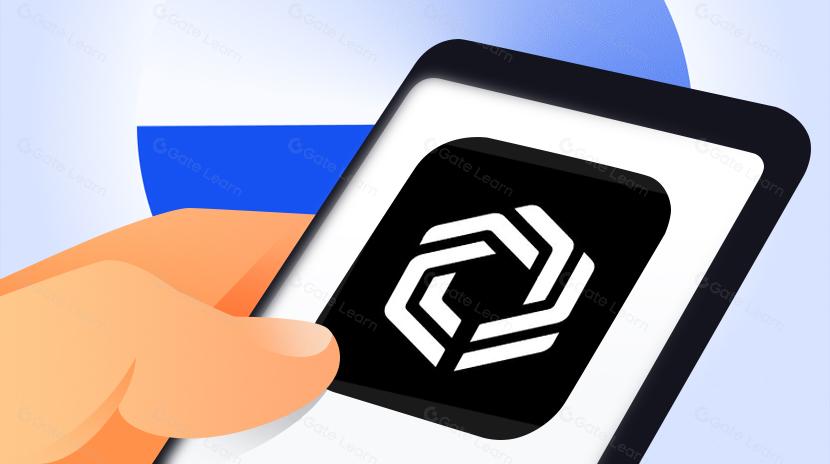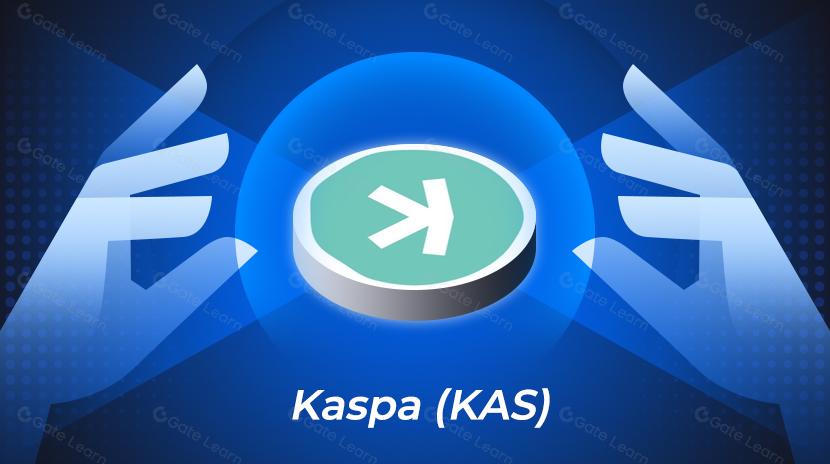Cross-Chain là gì?
Cross-Chain là gì?
Cross-chain đề cập đến công nghệ cho phép tương tác giữa tài sản, dữ liệu hoặc thông tin giữa các mạng blockchain khác nhau. Với sổ cái phân cấp phi tập trung, mỗi blockchain hoạt động với cơ chế đồng thuận, thuật toán mã hóa và cấu trúc dữ liệu riêng. Thế giới blockchain có thể được ví như một nhóm đảo, nơi mỗi chuỗi công cộng là một lục địa số độc lập. Công nghệ Cross-chain phá vỡ sự cô lập này bằng cách cho phép các nút từ các chuỗi khác nhau xác minh và thực thi giao dịch cross-chain qua giao thức hoặc thiết kế lớp ứng dụng.
Giá trị cốt lõi của công nghệ cross-chain nằm ở việc đạt được “tính tương thích.” Ví dụ, người dùng có thể chuyển Bitcoin sang mạng Ethereum để tham gia các ứng dụng DeFi, hoặc cho phép hợp đồng thông minh trên chuỗi Solana kích hoạt việc chuyển tài sản trên chuỗi Polkadot. Về cơ bản, cross-chain tạo ra một kênh cho việc chuyển giao niềm tin giữa các chuỗi thông qua xác minh mật mã, tính tương thích của cơ chế đồng thuận và logic hợp đồng cộng tác.
Tại sao cần Cross-Chain?
Đến năm 2025, dự kiến mạng lưới blockchain sẽ trải qua sự mở rộng chưa từng có. Theo số liệu chưa hoàn chỉnh, từ gần 100 chuỗi công cộng và tổng giá trị khóa (TVL) chỉ khoảng một triệu đô la trong lĩnh vực DeFi trong năm "năm chuỗi công cộng" năm 2018, số lượng blockchain hoạt động đã tăng lên 367 vào năm 2025, với hơn 314 tỷ đô la trong tài sản trên chuỗi, với hơn 124 tỷ đô la bị khóa trong các giao protocô DeFi khác nhau.
Theo báo cáo của Research Nester, thị trường tương tác blockchain dự kiến sẽ đạt 8,48 tỷ đô la vào cuối năm 2037, với tỷ suất tăng trưởng hằng năm (CAGR) là 27,1% từ năm 2025 đến năm 2037.
Cách hoạt động Cross-Chain
Nhân tố cốt lõi của công nghệ cross-chain là thiết lập một kênh giá trị đáng tin cậy, và các cơ chế chính có thể được phân loại thành ba loại.
Khóa và đúc
Mô hình khóa và đúc là cơ chế phổ biến nhất, trong đó tài sản được ánh xạ qua các chuỗi thông qua hợp đồng thông minh. Khi người dùng cần đưa Bitcoin vào hệ sinh thái Ethereum, tài sản trên mạng Bitcoin bị khóa trong một hợp đồng đa chữ ký, trong khi một token WBTC với tỷ lệ 1:1 được đúc trên Ethereum. Cơ chế này tương tự như một ngân hàng phát hành một thư tín dụng, nơi tài sản gốc bị đóng băng, và tài sản được bọc trên chuỗi mục tiêu có đầy đủ thanh khoản. Wrapped Bitcoin (WBTC) là một ví dụ điển hình, do 150 nút giữ tài sản quản lý, với một vốn hóa thị trường vượt quá 10 tỷ đô la, hỗ trợ 85% giao dịch DeFi liên quan đến BTC trên Ethereum.
Đốt và Tạo mới
Cơ chế đốt và đúc sử dụng thiết kế vòng đóng, thường được sử dụng cho việc chuyển tài sản giữa các blockchain đồng nhất. Trong giao thức Giao tiếp Liên Blockchain (IBC) của hệ sinh thái Cosmos, khi người dùng chuyển token ATOM từ Cosmos Hub sang chuỗi Osmosis, ATOM gốc trên chuỗi nguồn sẽ bị đốt, và chuỗi mục tiêu sẽ đúc token mới sau khi xác minh tính hợp lệ của giao dịch thông qua các máy khách nhẹ. Cơ chế này không phụ thuộc vào việc giữ tài sản của bên thứ ba nhưng yêu cầu các hệ thống xác minh đồng thuận tương thích giữa các blockchain.
Khóa-Mở khóa
Cơ chế khóa-mở khóa cho phép chuyển giao tài sản giữa chuỗi phi tập trung thông qua các giao dịch nguyên tử. Khi người dùng khóa tài sản trên Mạng A, hệ thống tạo ra bằng chứng mật mã và kích hoạt một hợp đồng thông minh, đồng thời tạo ra các tài sản được ánh xạ tương ứng trên Mạng B. Trong quá trình này, tài sản của chuỗi ban đầu bị đóng băng thông qua Hợp đồng Hash Time-Locked (HTLC), đảm bảo rằng việc tiêu tiền kép hoặc rút tiền không thể xảy ra trên mạng ban đầu.
Giao thức trao đổi chéo RUNE của THORChain là một đại diện điển hình. Khi người dùng trao đổi BTC cho ETH, hệ thống thiết lập điều kiện giao dịch trên cả hai chuỗi đồng thời thông qua HTLC: mạng Bitcoin khóa tài sản cần chuyển, và mạng Ethereum đặt một địa chỉ nhận. Chỉ khi cả hai giao dịch được hoàn thành trong khung thời gian được thỏa thuận thì khóa mới được mở ra. Cơ chế này hoàn toàn loại bỏ các bên trung gian và không đòi hỏi các giả định về sự tin tưởng bổ sung, nhưng nó đòi hỏi sự hỗ trợ mạnh mẽ từ hồ bơi thanh khoản.
Các loại Cross-Chain
Cross-chain có thể được phân loại dựa trên phương pháp xác minh thành ba loại:
Xác minh bên ngoài
Xác minh bên ngoài liên quan đến việc giới thiệu một nhóm các bên xác minh bên ngoài độc lập (nhân chứng) để xác minh các thông điệp chéo chuỗi, sử dụng cơ chế như tính toán đa bên (MPC), mạng oracles, hoặc chữ ký đa ngưỡng để đạt được sự đồng thuận. Phương pháp này đòi hỏi các giả định về sự tin cậy bổ sung.
Ưu điểm của giải pháp này nằm ở chi phí triển khai thấp và khả năng thích ứng với nhiều chuỗi khác nhau mạnh mẽ, khiến nó trở thành lựa chọn chính thống ngày nay, chẳng hạn như Multichain và Wormhole dựa trên PoA, Axelar và Hyperlane dựa trên PoS, hoặc LayerZero dựa trên oracles. Tuy nhiên, việc giới thiệu giả định tin cậy mới đặt ra các rủi ro về bảo mật. Ví dụ, Ronin Bridge đã mất 625 triệu USD vào năm 2022 do việc đánh cắp khóa riêng tư của 5/8 validator, và Wormhole cũng gặp tổn thất 12.000 ETH vào năm 2022 do một lỗ hổng chữ ký.
Xác minh bản địa
Xác minh bản địa dựa trên khả năng xác minh tích hợp của blockchain, cho phép các máy khách nhẹ xác minh trực tiếp các giao dịch chuỗi bên ngoài. Một ví dụ điển hình là giao thức IBC của Cosmos: mỗi chuỗi chạy một máy khách nhẹ theo dõi các tiêu đề khối của các chuỗi khác, cho phép xác minh thời gian thực thông tin tiêu đề khối gói giao dịch và chứng minh Merkle. Cơ chế này tương tự như việc các quốc gia thành lập đại sứ quán để xác minh tài liệu độc lập, nhưng nó đòi hỏi sự tương thích của quyết định giữa các chuỗi. Loại giải pháp này rất an toàn nhưng đòi hỏi rằng các chuỗi cơ bản hỗ trợ máy khách nhẹ hoặc giao thức tùy chỉnh.
Xác minh địa phương
Xác minh cục bộ dựa trên một mô hình tin cậy cục bộ, chẳng hạn như khóa thời gian băm, cho phép người dùng thực hiện trao đổi nguyên tử trực tiếp qua các chuỗi. Ví dụ, người dùng của Mạng Lightning Bitcoin có thể đặt khóa băm và điều kiện hết hạn, yêu cầu cả hai bên hoàn tất việc trao đổi khóa trong một khoảng thời gian cụ thể; nếu không, tài sản sẽ được trả lại tự động. Mô hình này không đòi hỏi trung gian mà chỉ hỗ trợ trao đổi tài sản đơn giản và không thể xử lý cuộc gọi hợp đồng phức tạp.
Thách thức của Công nghệ Cross-Chain
Rủi ro an ninh vẫn là mối đe dọa chính. Sự kết hợp của các thành phần trong các giao thức cross-chain mở rộng bề mặt tấn công, với lỗ hổng hợp đồng thông minh là mối đe dọa quan trọng nhất. Ví dụ, vào năm 2021, Poly Network đã bị hack do một lỗi trong logic ủy quyền hợp đồng, dẫn đến mất mát 600 triệu đô la, và vào năm 2022, Wormhole đã mất 325 triệu đô la do một lỗ hổng xác minh chữ ký. Theo thống kê của SlowMist, các sự cố an ninh cross-chain bridge đã dẫn đến mất mát vượt quá 1,7 tỷ đô la kể từ năm 2021, phản ánh các yếu điểm trong khả năng phòng thủ tấn công của ngành công nghiệp.
Việc triển khai kỹ thuật đối mặt với những thách thức đa chiều. Trong hướng phân quyền, trong khi một số dự án giảm bớt giả định về sự tin cậy thông qua mạng lưới oracle và xác minh nút nhẹ trên chuỗi, lỗ hổng hợp đồng thông minh vẫn có thể đe dọa các cam kết bảo mật cơ bản (ví dụ, Nomad Bridge đã bị tấn công do lỗi logic mã). Về khả năng tương tác, sự khác biệt trong cơ chế đồng thuận, định dạng giao dịch và quy tắc xác minh trạng thái giữa các chuỗi khối khác nhau làm phức tạp việc thiết kế atomic cần thiết cho truyền tin qua chuỗi, và sự thiếu tiêu chuẩn thống nhất hiện tại làm tăng sự phân mảnh giao thức. Vấn đề về khả năng mở rộng cũng rất quan trọng, khi chi phí xác minh của các giao dịch qua chuỗi và lưu lượng mạng khó cân nhắc; ví dụ, việc cầu nối tài sản giữa Ethereum và chuỗi có lưu lượng cao thường gặp phải các chướng ngại hiệu suất do biến động của gas.
Trải nghiệm người dùng và thách thức về quản trị cần được giải quyết ngay lập tức. Việc xác nhận chữ ký đa bên, các khoảng thời gian khóa dài, và các khoản phí biến động liên quan đến các hoạt động xuyên chuỗi đều tăng đáng kể ngưỡng sử dụng cho người dùng thông thường. Về mặt quản trị, các cơ chế nâng cấp, mô hình khuyến khích node, và quy trình đáp ứng khủng hoảng của các giao thức cầu nối phi tập trung thường thiếu minh bạch. Vụ tấn công năm 2022 lên Harmony Horizon Bridge, do việc cọc tập trung các token quản trị, đã phơi bày những lỗi như vậy.
Kết luận
Công nghệ chuyển chuỗi đang phát triển từ việc kết nối tài sản ban đầu đến việc truyền thông thông điệp phổ quát. Với sự chín muồi của các công nghệ như chứng minh không chứng minh và xác minh máy khách nhẹ, khả năng chuyển chuỗi phi tập trung thực sự có thể được thực hiện trong tương lai. Tuy nhiên, ở giai đoạn này, cần tìm một sự cân bằng giữa an ninh và hiệu quả: trong khi xác minh bản địa an toàn, nó có ngưỡng phát triển cao; xác minh bên ngoài tiện lợi nhưng mang theo rủi ro đáng kể.
Cross-chain không chỉ là một bước đột phá công nghệ mà còn là sự chuyển đổi của mối quan hệ sản xuất. Nó dịch chuyển blockchain từ 'cạnh tranh' sang 'hợp tác,' cung cấp sự hỗ trợ cơ bản cho các kịch bản như thế giới ảo và tài chính trên chuỗi. Giống như internet kết nối các mạng toàn cầu thông qua giao thức TCP/IP, cross-chain đang trở thành giao thức phổ quát cho internet giá trị Web3.
Bài viết liên quan

Satoshi Nakamoto là ai?

Báo cáo nghiên cứu về Immutable X (IMX)

Báo cáo nghiên cứu Kaspa (KAS)

Báo cáo nghiên cứu về Render Network (RNDR)

Báo cáo nghiên cứu Uniswap (UNI)
